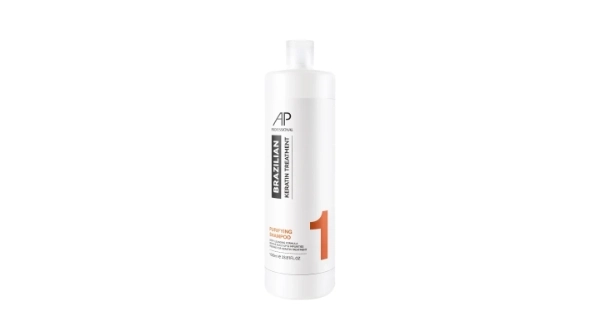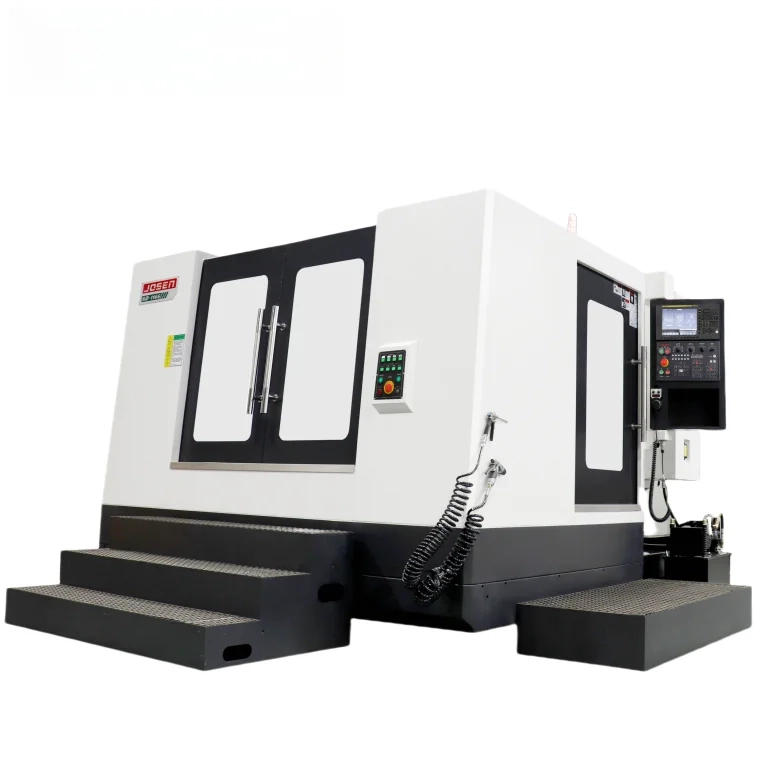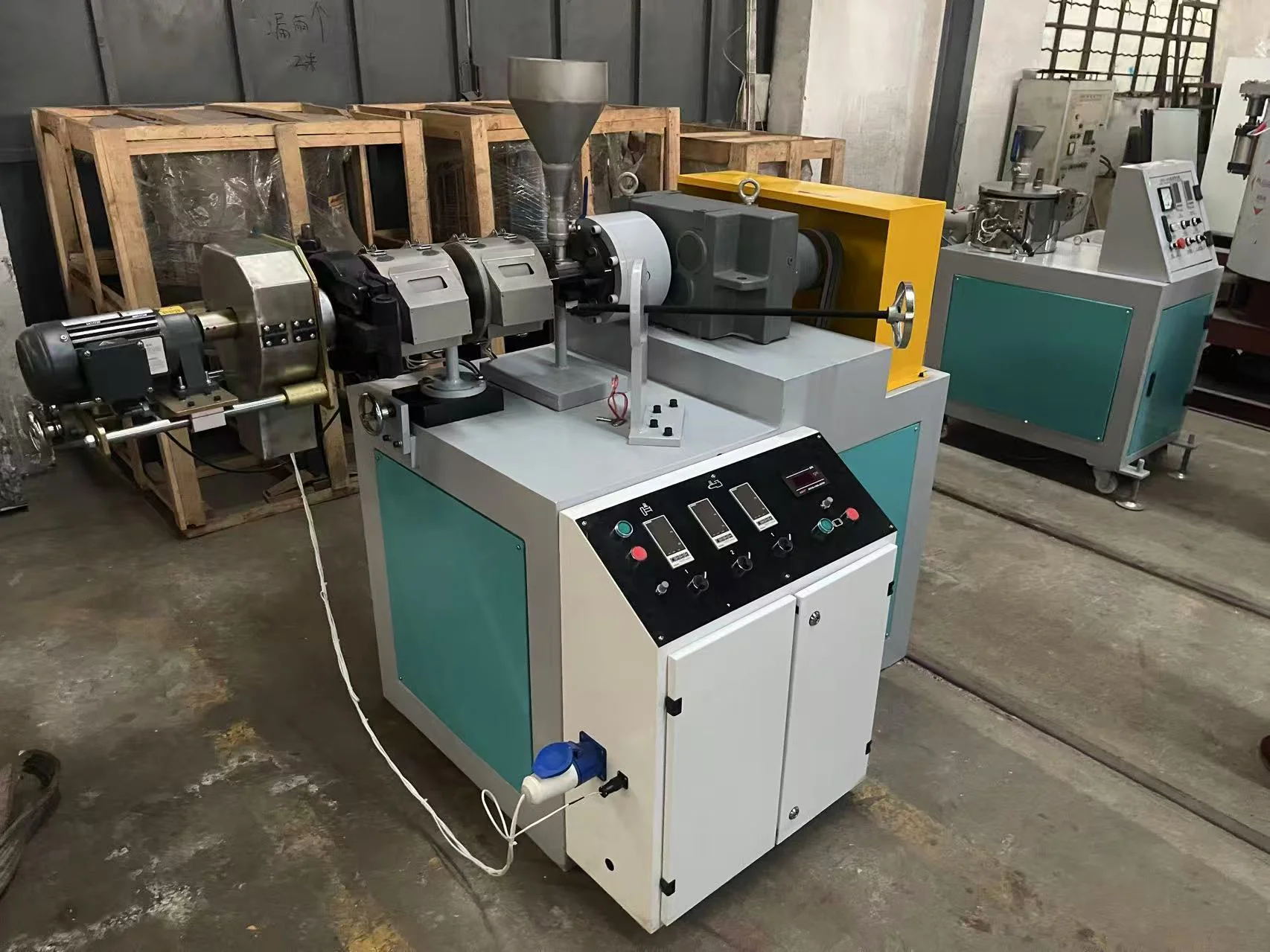In the realm of industrial machinery, the choice between a vacuum pump and a regenerative blower can significantly impact operational efficiency, energy consumption, and overall system performance. While both devices serve the purpose of moving air or gas, their mechanisms, applications, and advantages differ considerably. This article delves into the intricacies of these two technologies, providing a comprehensive understanding of their differences and guiding you in selecting the right equipment for your specific needs.
Understanding the Basics
Vacuum Pumps are devices designed to remove gas molecules from a sealed volume, creating a vacuum. They operate by reducing the pressure within a chamber, allowing for various applications such as material handling, packaging, and vacuum forming. There are several types of vacuum pumps, including rotary vane, diaphragm, and scroll pumps, each with unique operational principles and applications.
Regenerative Blowers, on the other hand, are positive displacement devices that move air by using a rotating impeller to create a pressure differential. They are often employed in applications requiring a continuous flow of air, such as aeration in wastewater treatment, pneumatic conveying, and cooling systems. The design of regenerative blowers allows them to achieve high flow rates at relatively low pressures.
Key Differences
- Operating Principle
The fundamental difference between vacuum pumps and regenerative blowers lies in their operating principles. Vacuum pumps function by creating a vacuum through the removal of air or gas, while regenerative blowers operate by moving air through a series of impellers that impart energy to the air, resulting in a pressurized output.
- Pressure and Vacuum Levels
Vacuum pumps are capable of achieving much lower pressures than regenerative blowers. They can create a deep vacuum, often reaching levels below atmospheric pressure, which is essential for applications like freeze-drying or semiconductor manufacturing. In contrast, regenerative blowers typically operate at pressures slightly above atmospheric levels, making them suitable for applications that require a consistent air supply rather than a vacuum.
- Flow Characteristics
Regenerative blowers are designed to provide a continuous flow of air, making them ideal for applications that require steady airflow. They can handle large volumes of air with relatively low energy consumption. Vacuum pumps, however, are more suited for applications where the removal of air is critical, and their flow characteristics can vary significantly depending on the type and design of the pump.
- Energy Efficiency
When it comes to energy efficiency, regenerative blowers often have an edge in applications requiring constant airflow. Their design allows for lower energy consumption compared to vacuum pumps when operating under similar conditions. However, the energy efficiency of vacuum pumps can vary widely based on their type and operational parameters.
- Maintenance and Longevity
Maintenance requirements differ between the two devices. Vacuum pumps, particularly oil-sealed types, may require regular oil changes and seal replacements, which can increase maintenance costs. Regenerative blowers, with fewer moving parts and a simpler design, typically require less maintenance, leading to lower long-term operational costs.
Applications and Use Cases
Understanding the specific applications of each device can further clarify their differences.
- Vacuum Pumps are commonly used in:
- Medical and Pharmaceutical Industries: For sterilization and packaging processes.
- Food Processing: In vacuum packaging to extend shelf life.
- Manufacturing: For material handling and vacuum forming.
- Regenerative Blowers find their niche in:
- Wastewater Treatment: For aeration processes.
- Pneumatic Conveying: Moving bulk materials through pipelines.
- Cooling Systems: Providing air circulation in various industrial processes.
Conclusion
In summary, the choice between a vacuum pump and a regenerative blower hinges on the specific requirements of your application. Understanding the fundamental differences in their operating principles, pressure capabilities, flow characteristics, energy efficiency, and maintenance needs is crucial for making an informed decision. By evaluating these factors, you can select the right equipment that not only meets your operational demands but also enhances efficiency and reduces costs in the long run. Whether you need the deep vacuum capabilities of a vacuum pump or the continuous airflow of a regenerative blower, both technologies play vital roles in modern industrial applications.




More Stories
Maximizing Efficiency and Precision with Horizontal Machining Centers
Mini Single Screw Extruder: Precision Engineering and High-Performance Application Guide
How a laser wire marking machine Enhances Identification Accuracy in Modern Cable Manufacturing